The Night Shift Problem No One Solves Properly
Shift work is brutal.
If you’ve done it, you know exactly what I mean.
If you’re about to, read carefully.
You’re fighting the natural day/night cycle, hormones, and your environment to get through the week.
And no matter how exhausted you are, sleep feels broken, shallow, or impossible.
When your job forces you to stay awake at night and sleep during the day, you’re not just flipping a schedule.
You’re going to war with the circadian rhythm hardwired into every cell of your body.
It messes with your health, energy, mood, and social life. And while the science says most people shouldn’t do night shifts for more than a few years.. someone has to do it.
These roles exist because society needs them, not because people enjoy staying up all night for fun.
But here’s the truth:
Shift work doesn’t have to destroy you.
Today, we have tools that can minimize the damage, help you flip your days and nights more effectively, and let you sleep and recover like your life depends on it, because it does.
Here’s how you do that →
Your Body Runs on Light Signals, Not the Clock
Your brain doesn’t care what your calendar says. It takes orders from light.
When your eyes detect blue light (from LEDs, phone screens, or even daylight leaking through curtains), your brain assumes it’s daytime and suppresses melatonin, the hormone that signals sleep.
This is why:
• You feel “wired” even when you’re exhausted
• You lie in bed for hours, unable to fall asleep
• You wake up groggy no matter how long you sleep
Why Red Light Is the Reset Shift Workers Need
Red light isn’t a magic sleep beam. It doesn’t sedate you or knock you out.
What it does is get out of your body’s way.
It’s not about red light doing something special—it’s about what it doesn’t do:
It doesn’t contain blue or green wavelengths, the exact signals your brain uses to determine it’s daytime.
Red-spectrum light:
• Doesn’t suppress melatonin
• Mimics firelight and sunset, nature’s original evening light
• Creates a calm, low-stimulation environment, even if your “bedtime” starts at sunrise
Here’s the critical part most people miss:
Your brain doesn’t get a “nighttime signal.”
There’s no light that tells it it’s time to sleep.
There’s only the absence of daytime signals, especially blue light.
If you want to sleep after a night shift, your job is to eliminate the light that says “stay awake.”
Red light helps you do exactly that.
⚠️ The Catch: You Must Eliminate All Other Light Sources
Here’s what kills it:
• One blast of white light
• Glancing at your phone without a red filter
• Sunlight creeping through your blinds
Even a few seconds of the wrong light can delay melatonin release for hours.
To make red light work, you need a full wind-down protocol:
• Use red or orange glasses 90 minutes before bed.
• Use blackout blinds or sleep masks to block daylight
• Switch your phone to red screen mode or turn it off completely
How to Build a Shift Work Sleep Routine That Actually Works
The goal is consistency. Even if your “night” starts at sunrise, your body needs the same cues at the same time every day. Here’s how to reset your rhythm and finally get real sleep after a shift.
1. Start with blue-light blocking glasses—90 minutes before bed. (if you do not have to drive)
• This is the easiest, most effective first step.
• Put them on at the end of your shift, before your commute.
• They block the melatonin-killing wavelengths your brain mistakes for daytime.
2. Set a consistent sleep window—even if it’s not at night.
• Work backward from when you need to be up.
• Aim for 7.5–8 hours in bed, same start time every day if possible.
• Example: Off at 6AM → Glasses on at 6AM → Sleep by 7:30AM → Wake at 3PM.
3. Use red light during your wind-down (optional but game-changing).
• Once you’ve experienced the benefit of glasses, red bulbs are the next level of comfort.
• Light that needs no filtering.
• No harsh glare. No accidental stimulation.
4. Stick to a predictable routine.
• Do the same wind-down actions in the same order every time.
• Shower → dim red light → no screens → bed.
5. Block all other light sources completely.
• Blackout blinds or a quality sleep mask
• Tape over LEDs on electronics
• No overhead lighting, no peeking at your phone
Start small. Start simple. Glasses are your entry point. They work. They’re easy. And they give you immediate feedback that better sleep is possible—even on a broken schedule.
👉 [Shop Blue Light Blocking Glasses for Shift Work →]
Why Vitaelight Products Work for Shift Workers
Not all red lights are created equal. Some flicker. Some emit hidden blue and green wavelengths. Others are too bright.
vitae products are:
• Flicker-free and tuned to the ideal night-safe wavelength
• Bright enough for function, soft enough for sleep
• Designed for sleep prep, nursing, reading, and late-night routines
• Compatible with any schedule, even if your “bedtime” is sunrise
The Bottom Line_
If you’re a shift worker, you don’t just need to “get some sleep.”
You need to hijack your environment and create the conditions your brain needs to shut down.
Red light is the reset. Use it right, and you’ll sleep deeper, recover faster, and stop feeling like you’re losing a fight with your own biology.
👉 [Try Vitaelight Red Bulbs & Sleep Glasses →]



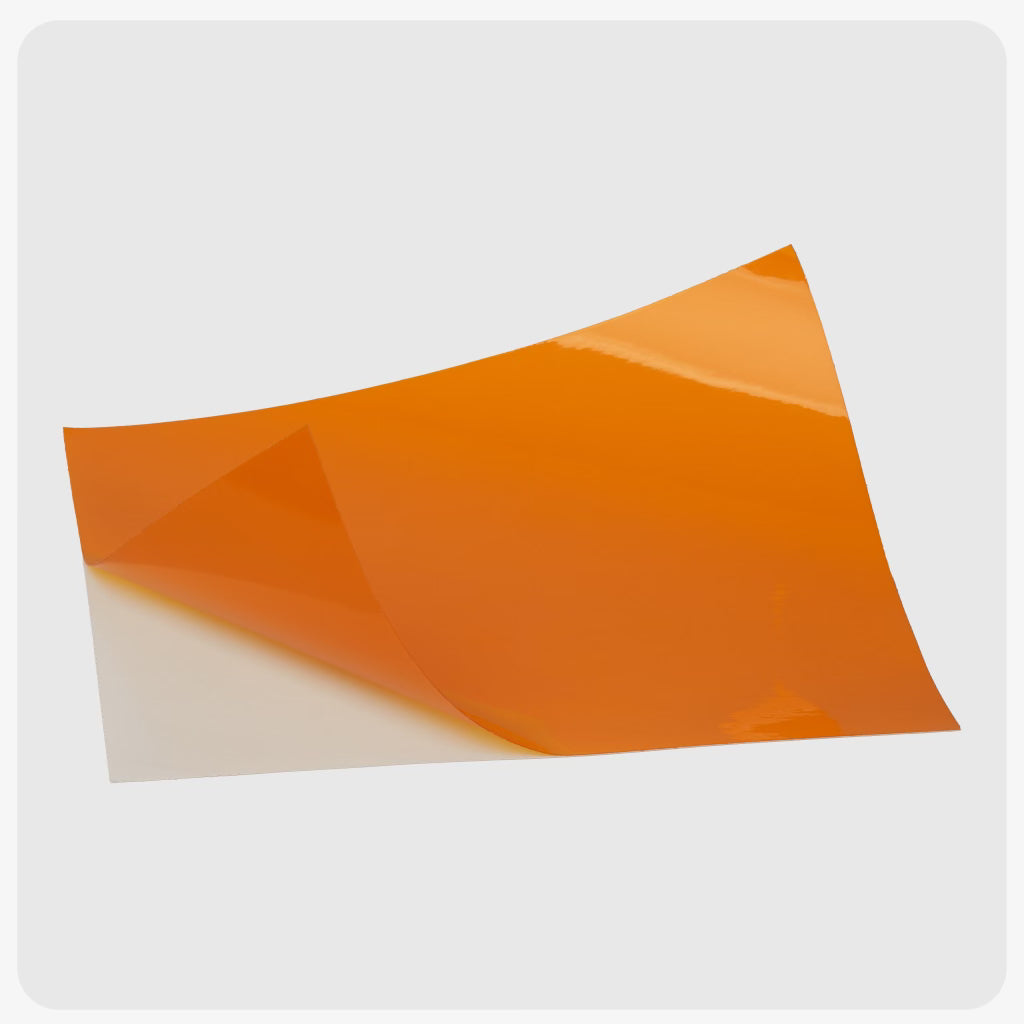
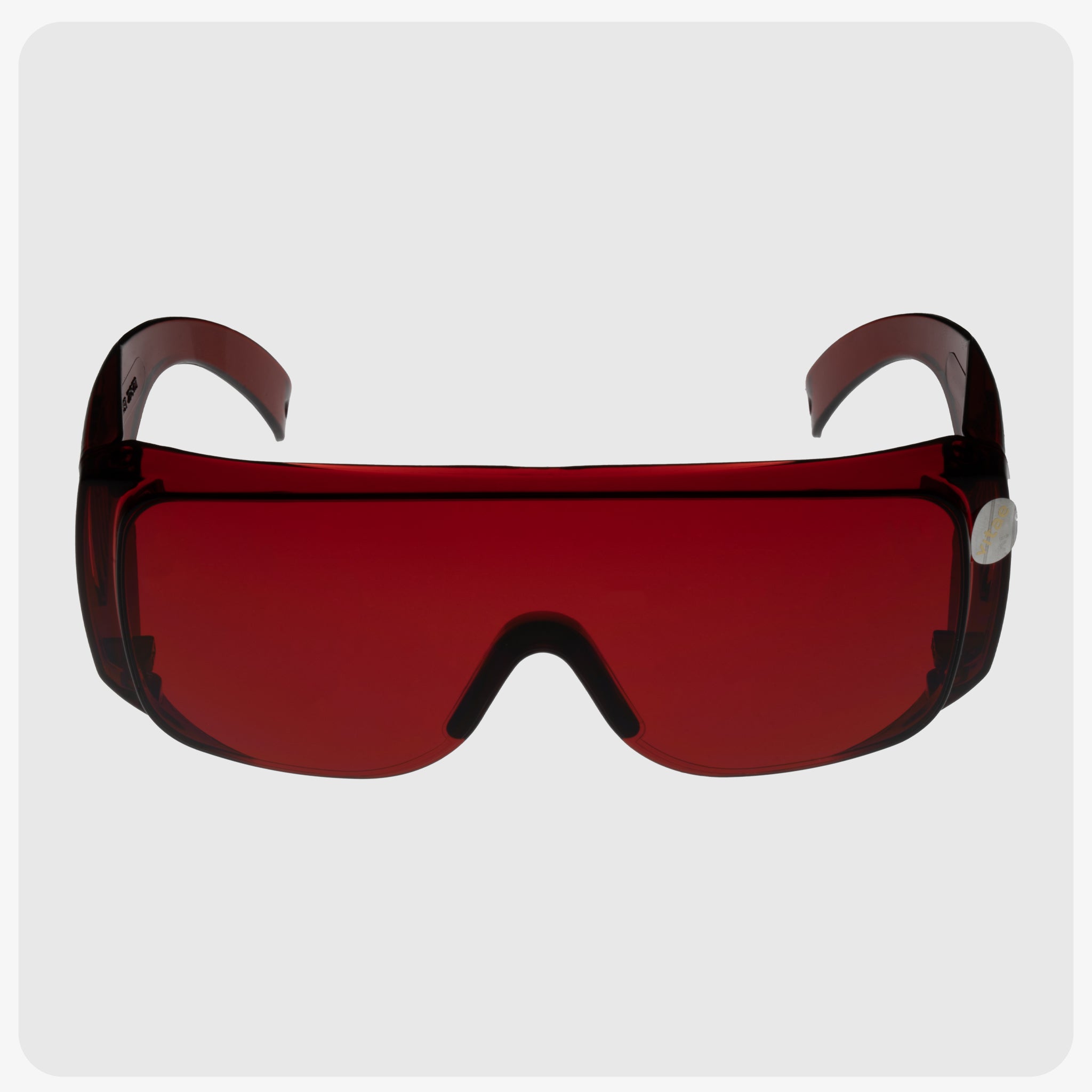
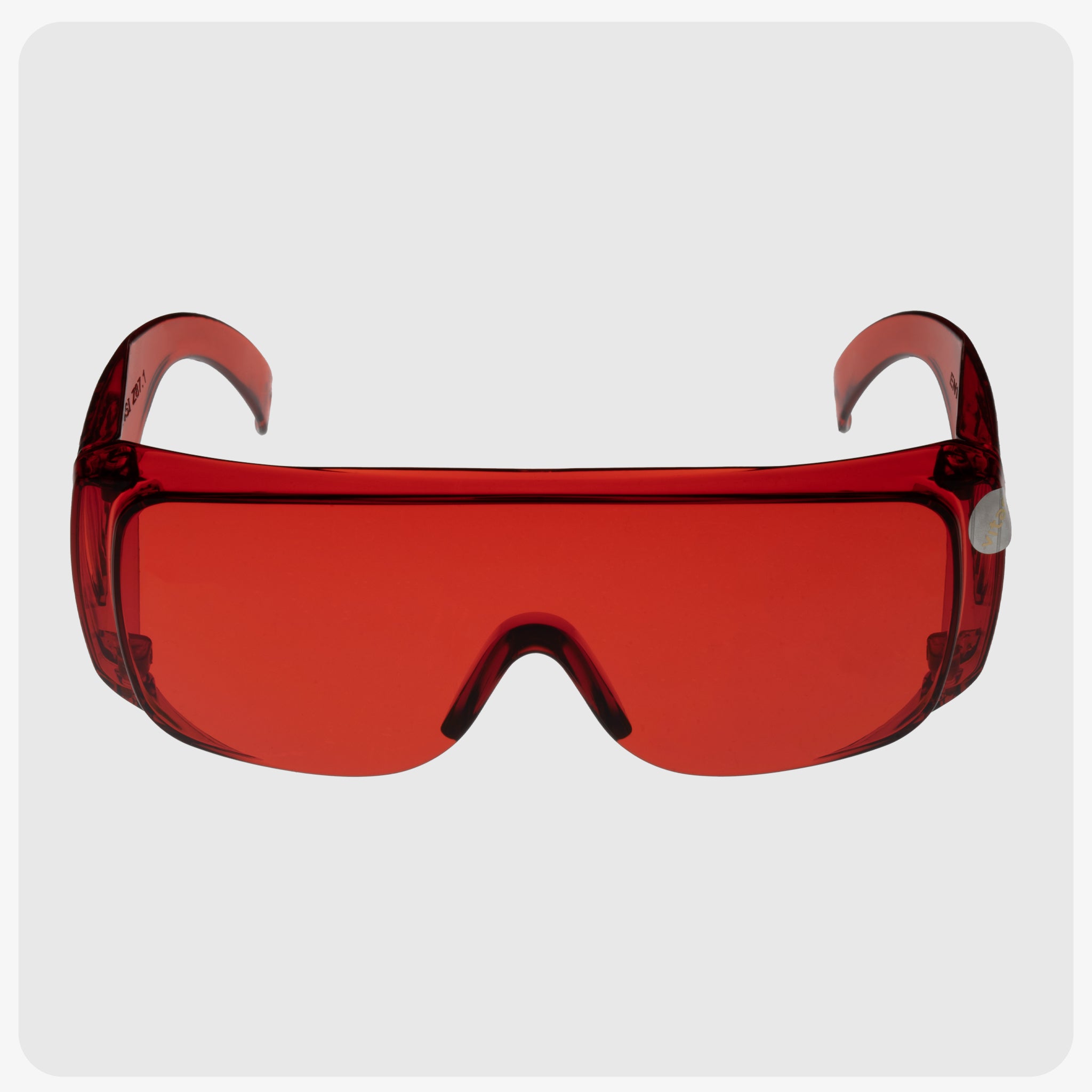
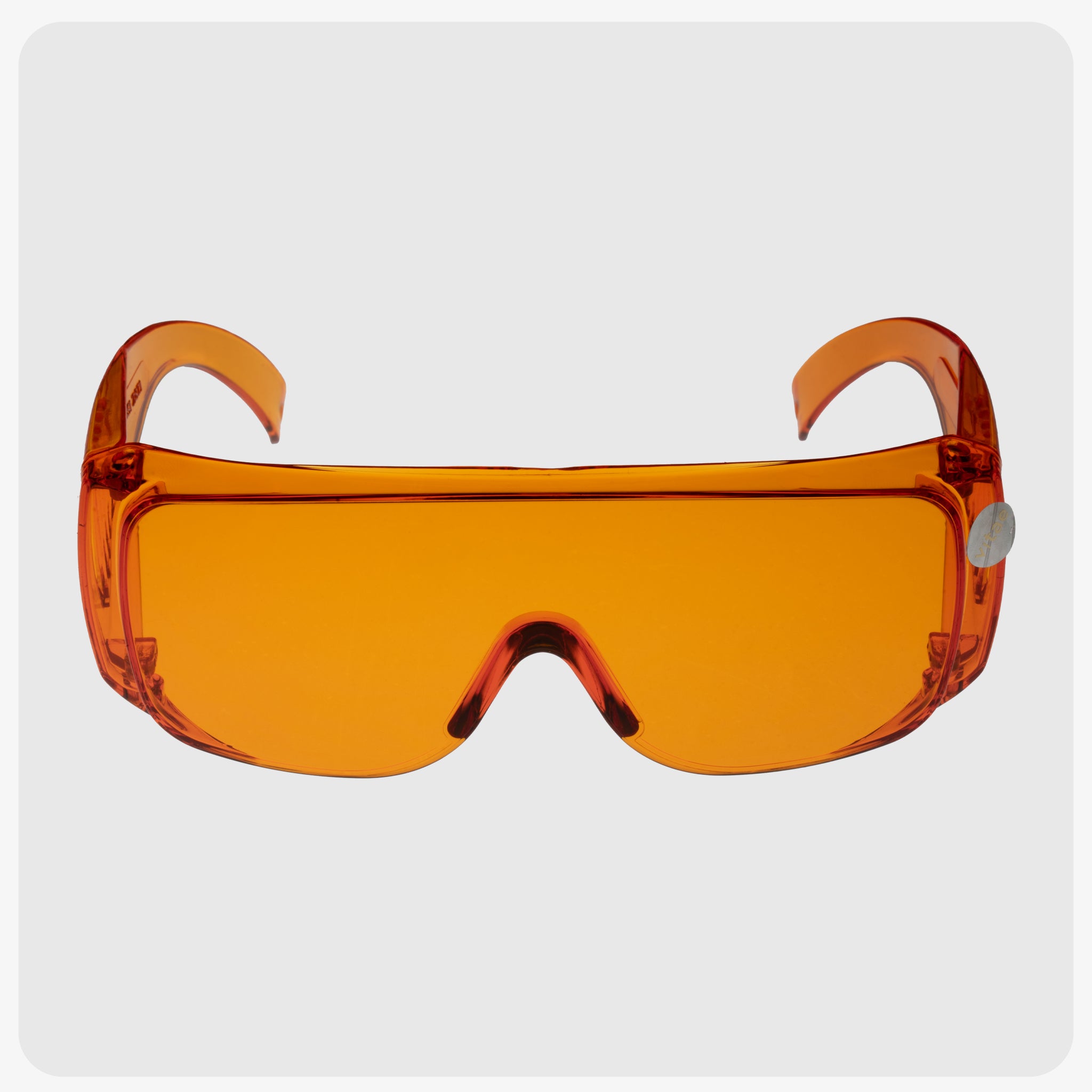
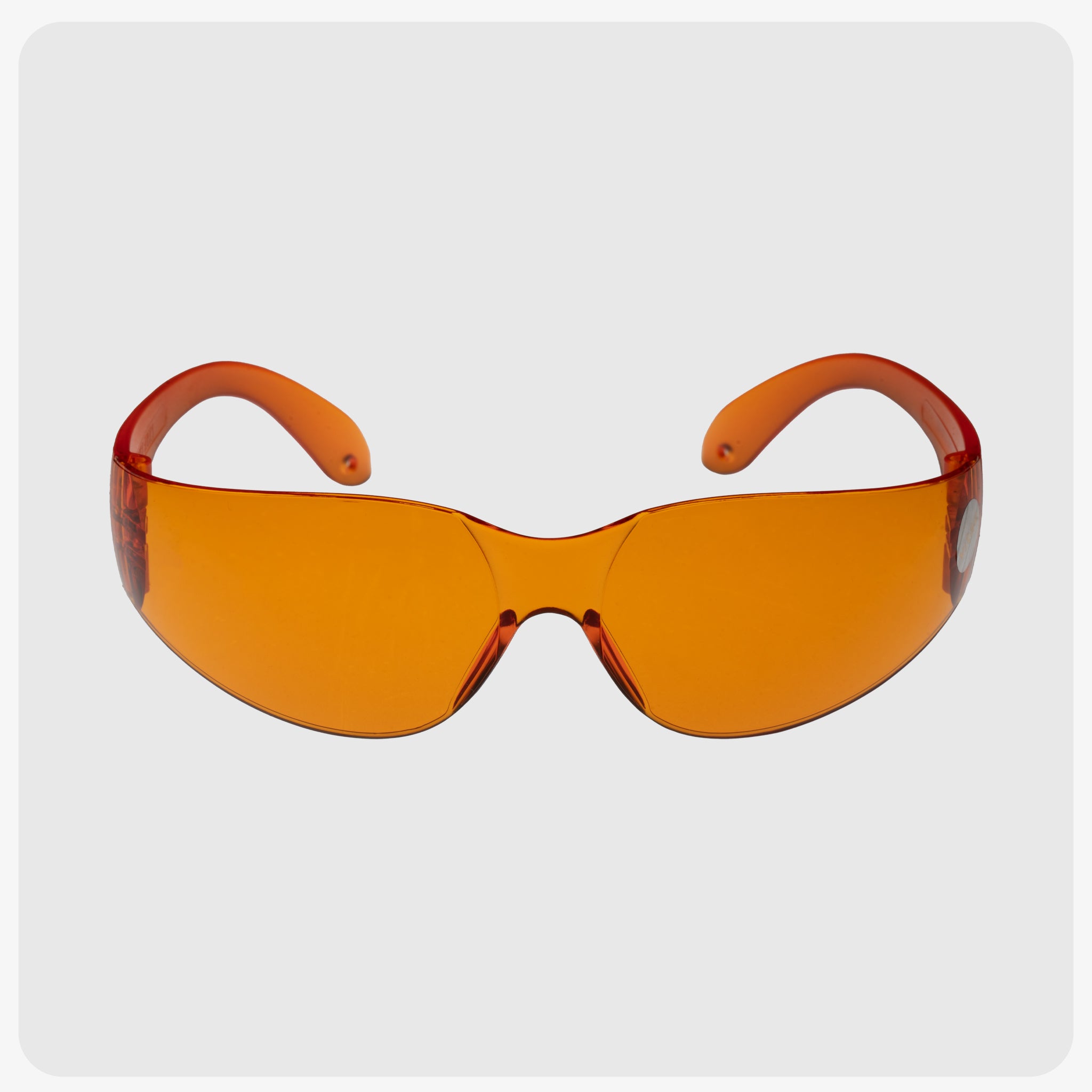
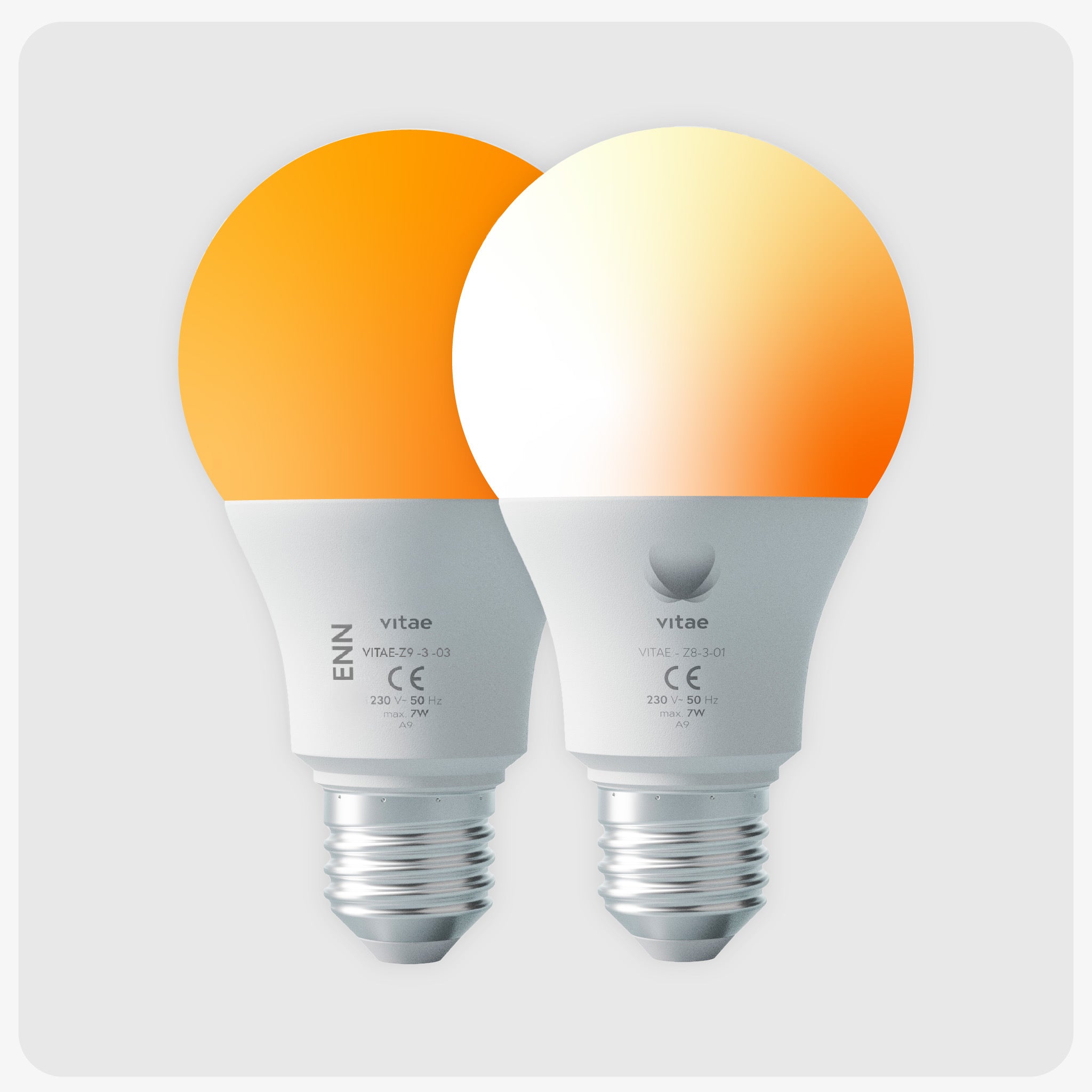
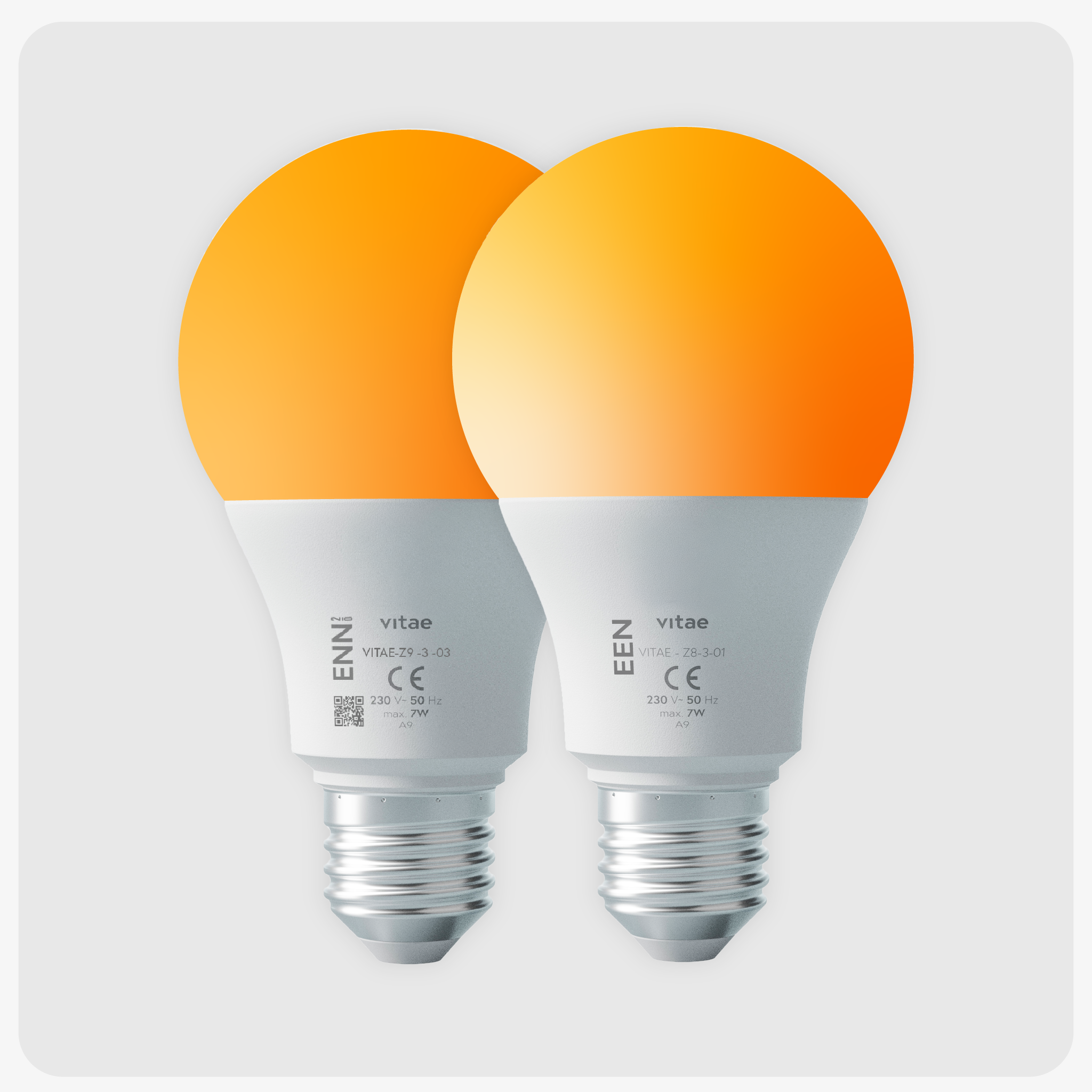
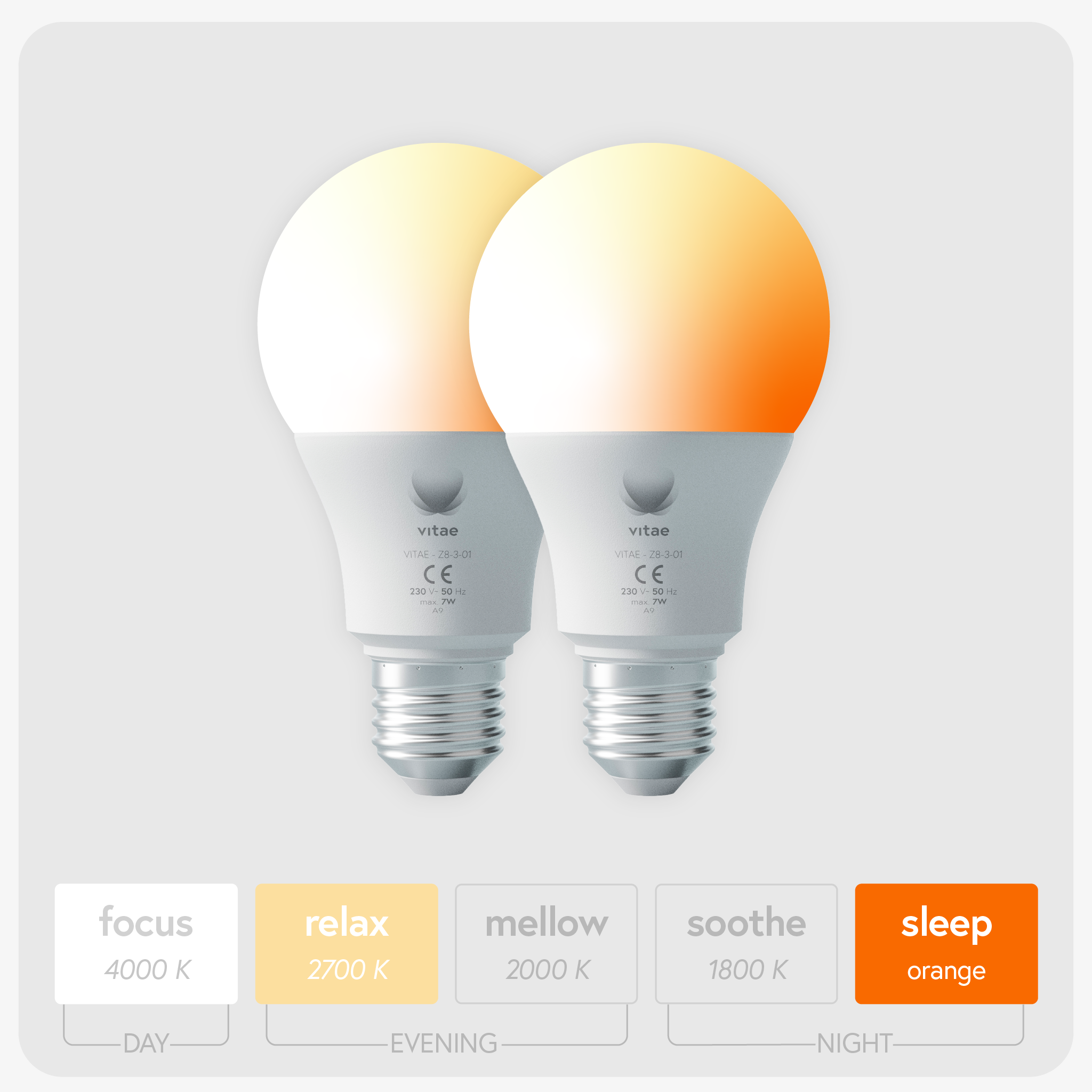
Share:
Does Red Light Help You Sleep? The Truth Backed by Science
Out of Sync: What Happens When Your Body Loses Track of Time